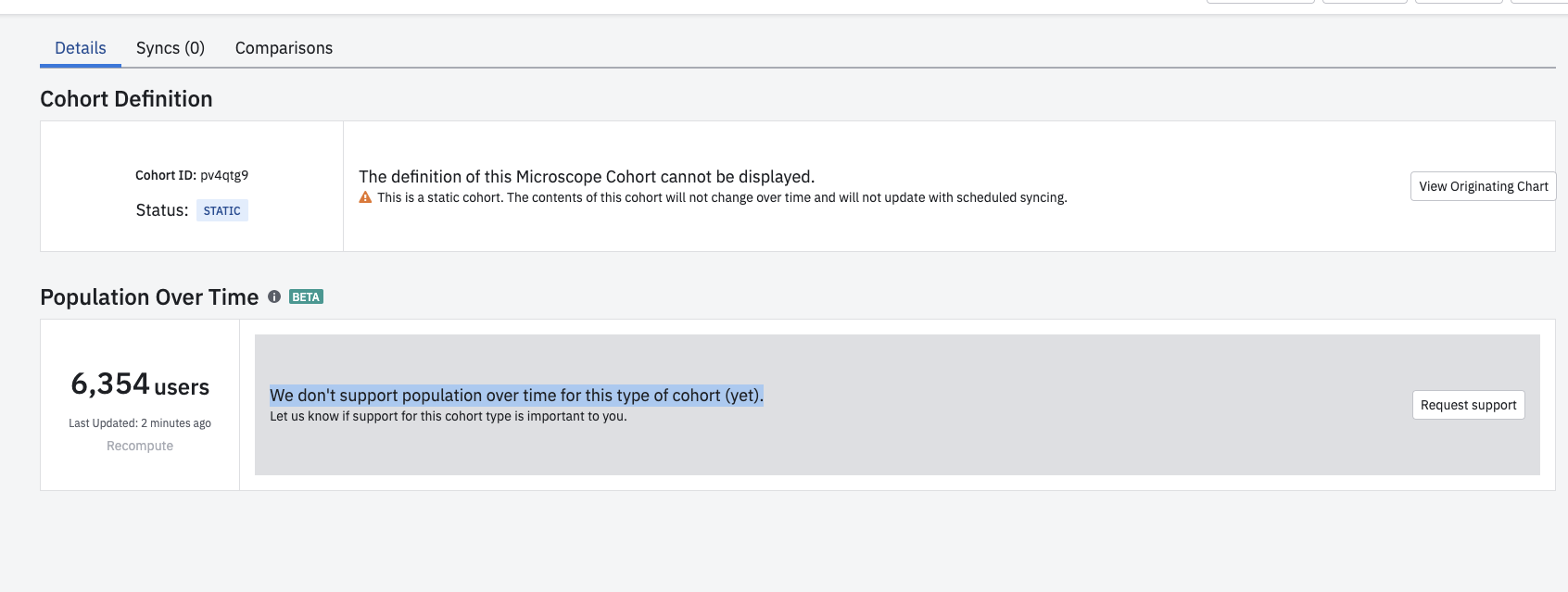I work for an app where users can log their meals.
We log these under the same event (logged food) and then we have a property (category) that defines the different meals (i.e. breakfast, lunch, dinner, snack).
I’d like to create a cohort to include our power users, i.e. users who log at least 3 different meals every day.
Any idea of how I could set this cohort up?
Good to know: If a user logs two different items (i.e. apple and coffee) for breakfast, this will result in 2 events being fired. This is why I cannot use the “count” in the cohort creation.
My attempts using the distinct value of property option. I am stuck at the time definition as I’d like to add each day or at least 5 times a week and not during the last 30 days.

Any workaround?
Thanks in advance
Best answer by Jacenda Davis
View original






